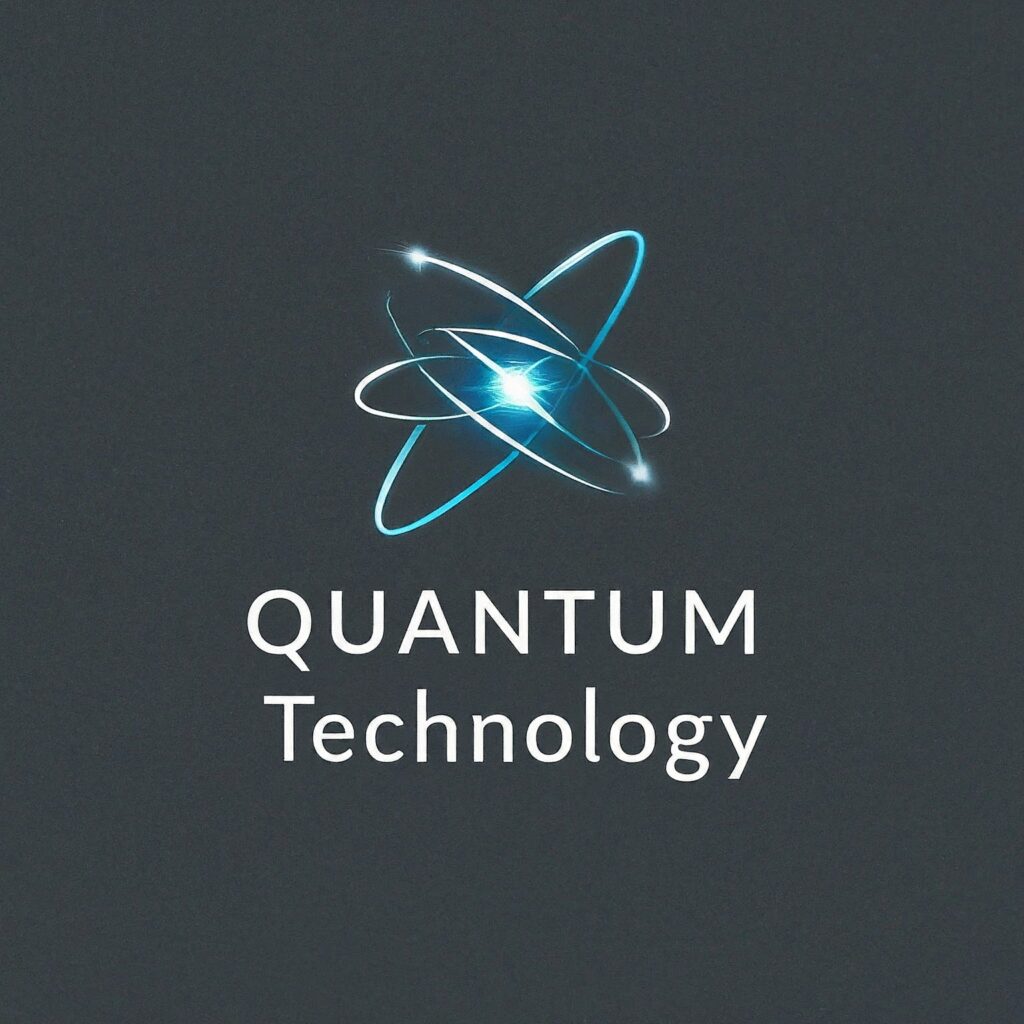In the rapidly evolving world of artificial intelligence, a new frontier is rising at the intersection of quantum physics and machine learning. Known as Quantum Machine Learning (QML), this emerging discipline promises to solve complex problems at speeds unimaginable on today’s classical computers. At the heart of this revolution lie new algorithms specifically designed to exploit the bizarre, powerful features of quantum mechanics—superposition, entanglement, and interference. As global tech giants, financial institutions, and research laboratories accelerate investments in quantum technologies, QML algorithms are increasingly positioned to redefine the future of computation.
Quantum Advantage Begins with Algorithms
While quantum hardware has captured the imagination of the public, it is the algorithms—the logical rules and computational routines—that truly determine whether quantum machines can outperform classical systems. An algorithm in quantum computing is not just a set of instructions; it is a carefully constructed sequence of quantum operations (or gates) that manipulate qubits in ways fundamentally different from bits in traditional computers.
Classical machine learning relies heavily on optimization, pattern recognition, and statistical modeling. But as datasets grow exponentially, these computations become bottlenecked. Quantum algorithms offer a route to bypass these limitations by processing vast, multidimensional information spaces simultaneously. The promise: exponential acceleration in tasks like classification, clustering, regression, and data search.
The Rise of Hybrid Quantum-Classical Algorithms
One of the most significant developments in QML is the emergence of hybrid algorithms, which combine classical processors with quantum circuits. Their design is rooted in practicality; current quantum computers—often called noisy intermediate-scale quantum (NISQ) devices—are still prone to errors and not yet capable of fully independent computation.
Algorithms such as the Variational Quantum Eigensolver (VQE) and the Quantum Approximate Optimization Algorithm (QAOA) have paved the way for similar constructs in machine learning. The most prominent among them is the Variational Quantum Classifier (VQC), where a classical optimizer adjusts the parameters of a quantum circuit to classify data—like identifying whether an email is spam or non-spam. This iterative loop reduces the computational burden on the quantum machine while allowing it to contribute its unique strengths.
Researchers note that these hybrid algorithms already show signs of outperforming classical methods in specific narrow tasks, particularly those involving high-dimensional feature spaces that are costly for classical machines to handle.
Quantum Kernels: Transforming Feature Spaces Faster
Kernel methods have long been a cornerstone of classical machine learning, especially in support vector machines (SVMs). The challenge, however, lies in scaling them to extremely large or complex datasets. Quantum computing introduces a novel solution through quantum kernel estimation—one of the most talked-about innovations in QML.
A quantum computer can map classical data into a significantly higher-dimensional Hilbert space using quantum states. This allows for the computation of similarities between data points (the kernel function) in a way that is exponentially faster than classical techniques.
Early demonstrations by IBM and other research groups have shown that quantum kernels can detect patterns previously invisible in classical analyses. This development holds particular promise for industries dealing with massive datasets, such as finance, genomics, cybersecurity, and climate modeling.
Quantum Neural Networks: A New Architecture Emerges
Another rapidly advancing area is Quantum Neural Networks (QNNs), which attempt to replicate the structure of classical neural networks but within a quantum framework. In QNNs, qubits replace artificial neurons, and quantum gates act as activation functions. The goal is to exploit quantum effects to capture nonlinear patterns more efficiently.
Although QNNs are still in their infancy, collaborations across academia and industry have yielded promising prototypes. Google Quantum AI, MIT, and several European labs reported that QNN-based models may eventually provide superior performance in areas such as image recognition, anomaly detection, and reinforcement learning.
For sectors such as finance and healthcare—where identifying subtle patterns can lead to significant breakthroughs—QNNs could become a transformative tool.
Challenges: Noise, Scalability, and Data Encoding
Despite impressive theoretical potential, QML algorithms face several key challenges.
Noise and Error Rates
Current quantum devices introduce errors during computation, distorting results. This makes it difficult for algorithms to maintain reliability over many operations.
Data Encoding
Before a quantum algorithm can process information, classical data must be encoded into quantum states—a step that can be both expensive and technically complex. Efficient data loading is often cited as the biggest practical bottleneck in scaling QML.
Hardware Limitations
Most available quantum processors offer limited qubits and restricted circuit depth, limiting the performance of more advanced algorithms. However, companies such as IBM, IonQ, and Rigetti are rapidly expanding their hardware capabilities, with roadmaps pointing toward fault-tolerant quantum systems by the end of the decade.
Industry Adoption: From Finance to Pharma
Major industries are already exploring QML algorithms for real-world use:
-
Financial institutions are testing quantum-speed portfolio optimization, fraud detection, and sentiment analysis.
-
Pharmaceutical companies are exploring QML-driven molecular prediction models to accelerate drug discovery.
-
Logistics giants such as DHL and FedEx are investigating quantum optimization to improve routing and supply chain efficiency.
Governments worldwide, including India, the EU, and the United States, have launched national quantum missions to support the development of QML technologies, highlighting their strategic and economic importance.
The Road Ahead
Experts predict that the next five years will be critical for the maturation of QML algorithms. As quantum hardware improves and error-correcting techniques evolve, algorithms will likely shift from proof-of-concept to production-grade systems.
While quantum supremacy in machine learning is not yet fully realized, the accelerating pace of research suggests that QML will soon unlock capabilities beyond the reach of classical AI. As one researcher put it: “Classical machine learning took decades to reach its peak—quantum machine learning may achieve the next leap in a fraction of that time.”
With the world’s most powerful companies and universities racing to refine these algorithms, the coming era of quantum AI appears not just possible, but inevitable.
